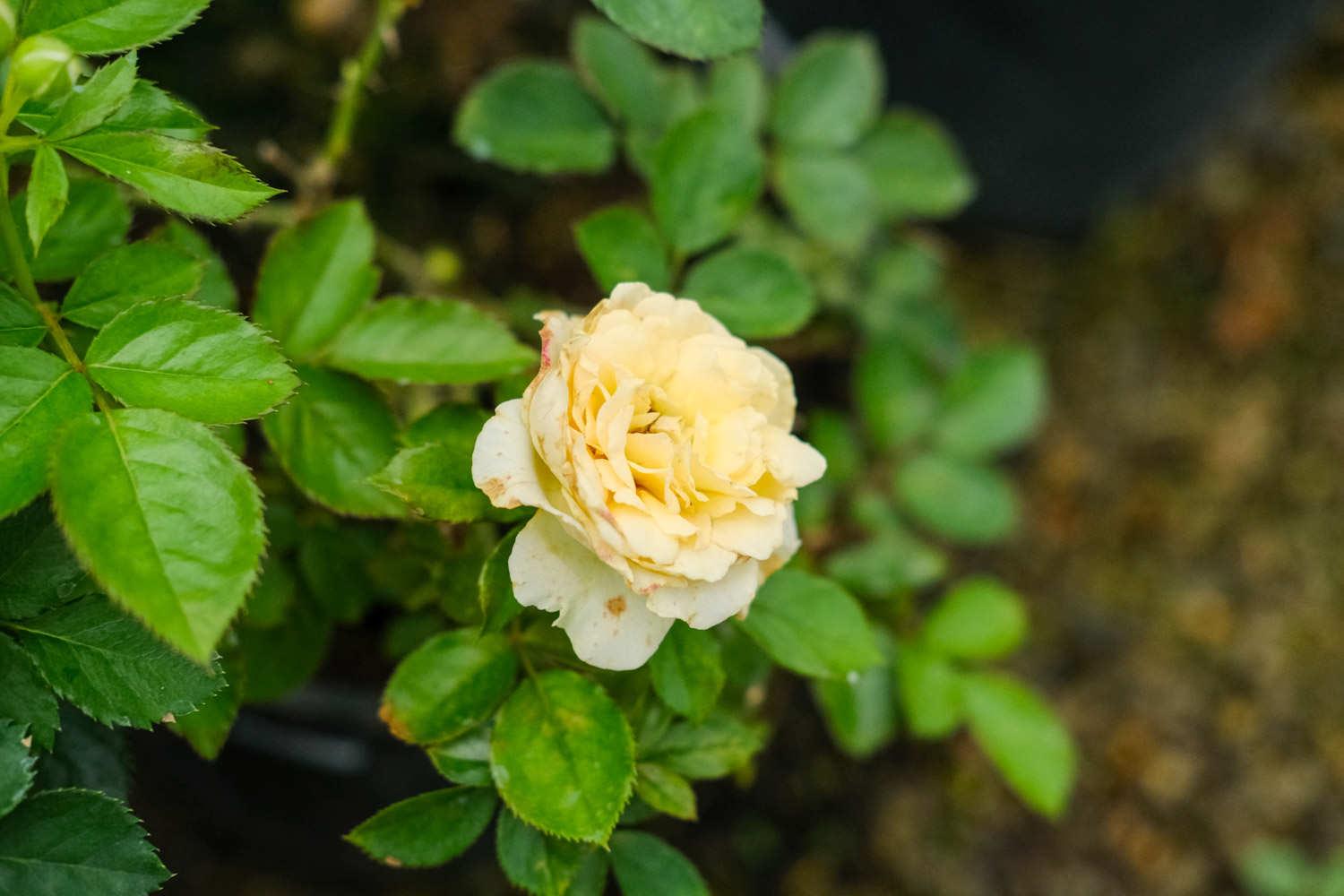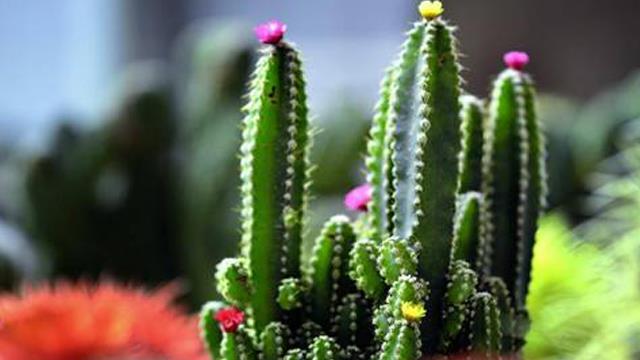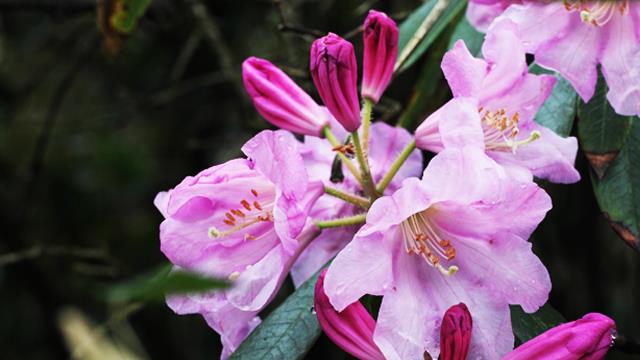Symptoms of fertilizer deficiency in roses
Last Update :2024.11.09
Article Catalog
Fertilizer deficiency in roses has different symptoms depending on the lack of different elements. Generally, nitrogen deficiency will cause yellow leaves, phosphorus deficiency will turn blue and purple, potassium deficiency will cause curling or scorching, calcium deficiency will cause necrosis of leaf buds, and magnesium deficiency may cause plaques. Sulfur deficiency is similar to nitrogen deficiency. Iron deficiency will cause chlorosis between leaf veins; zinc deficiency will cause slow growth or deformity; boron deficiency will cause leaf color to become darker; manganese deficiency will cause necrotic spots.

Symptoms of missing elements
Manifestations of the lack of different elements
During the growth process of roses, there will be more or less problems caused by fertilization. Here, the editor will tell you how to handle roses in the absence of different fertilizers. What are the different behaviors of plants, so that flower lovers can "prescribe the right medicine" for maintenance.

Nitrogen deficiency
Manifestations of nitrogen deficiency begin on old leaves. Specifically, it is uniform chlorosis, the plant grows abnormally slowly, the leaves turn yellow, and the leaves may fall off in severe cases. Symptoms of chlorosis begin on older leaves and then spread to newer leaves.
Phosphorus deficiency
Symptoms of phosphorus deficiency begin on older leaves. Specifically, there is an abnormal dark green color, sometimes accompanied by the appearance of gray or purple spots. The old leaves turn blue and then turn slightly purple, the edges of the leaves turn purple-red, and the leaf tips will die.
Potassium deficiency
Symptoms of potassium deficiency begin on old leaves. Dicotyledonous plants specifically show mottled chlorosis, and then necrotic areas appear along the leaf edges and tips, which slowly become curled until they become scorched and black. In monocotyledonous plants, cells at the top and edges of leaves first become necrotic, and then develop toward the bottom.
Calcium deficiency
The symptoms of calcium deficiency begin on new leaves. Specifically, the tips and edges of young leaves will become necrotic first, then the leaf buds will become necrotic, and then the root tips will stop growing and change color, and finally die. The plant grows abnormally short and has dark wrinkled leaves. Patterns appear along the edges of the leaves.
Magnesium deficiency
The symptoms of magnesium deficiency begin to appear on old leaves. Specifically, it is chlorosis between leaf veins and patches appear. Sometimes it will appear in bright colors such as red and orange, and in severe cases, there will be a small area of necrosis.
Sulfur deficiency
The symptoms of sulfur deficiency are similar to nitrogen deficiency. Leaves will become uniformly chlorotic and yellow, and growth will be abnormally slow. But signs of sulfur deficiency usually begin in seedlings.
Iron deficiency
Manifestations of iron deficiency begin in young leaves. Specifically, there is an obvious chlorosis phenomenon between the leaf veins, and in severe cases, it will appear burning.
Zinc deficiency
The specific manifestations of zinc deficiency include abnormally slow growth of internodes and severe deformity of leaves. Striped color spots on the leaves and chlorosis on older leaves are also common manifestations of zinc deficiency.
Boron deficiency
The specific manifestations of boron deficiency include thickening of leaves and darkening of leaf color, and the final death of the meristematic tissue at the top of branches and roots.
Manganese deficiency
The specific manifestation of manganese deficiency is chlorosis of leaves, and small necrotic spots appear on both young and old leaves. But it must be distinguished from brown spot, bacterial spot, etc.
Copper deficiency
The symptoms of copper deficiency begin in young leaves. Specifically, they are necrosis of leaf tips and withering and blackening of leaves.
Molybdenum deficiency
Molybdenum deficiency initially manifests as chlorosis and necrosis between the veins of old leaves, and some may become mottled and slowly necrotic.
Chlorine deficiency
The specific manifestation of chlorine deficiency is that the leaves first wilt, then become chlorotic and necrotic, until they turn bronze.
Although the article is long, it is full of scientific knowledge! No matter which element is missing this time, you will surely know which fertilizer to use to solve it, right? By accumulating little by little, a “brick master” can become an expert!

- END -
The Difference Between Prickly Pear and Cactus

Shape distinction: The cactus is short spherical and low in height; the cactus is ...
The Difference Between Western Rhododendron and Rhododendron

Plant differentiation: Western rhododendrons are shorter in height and have tight ...